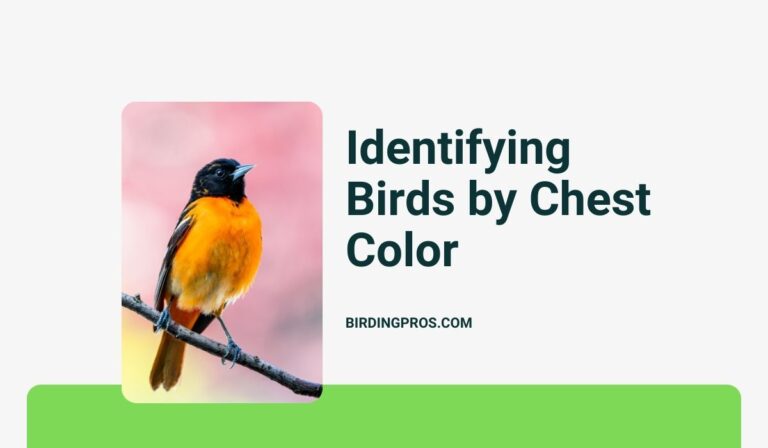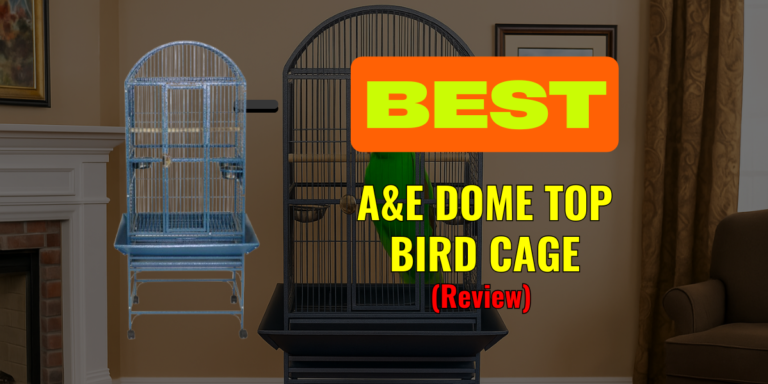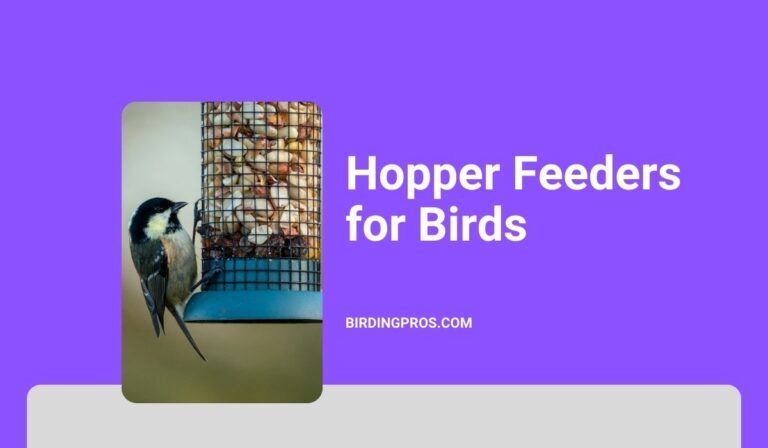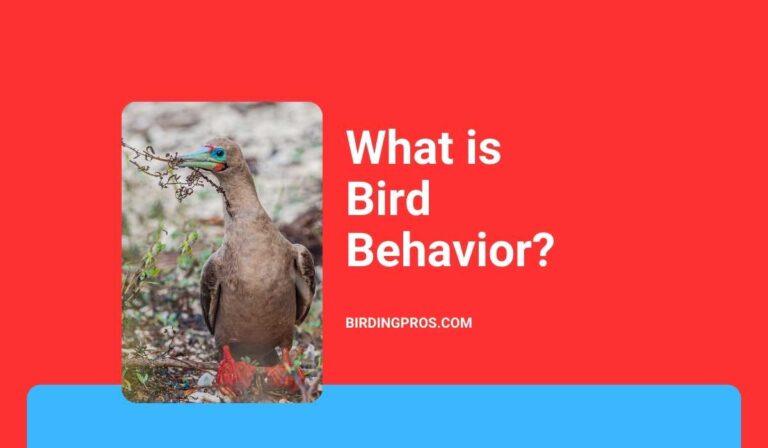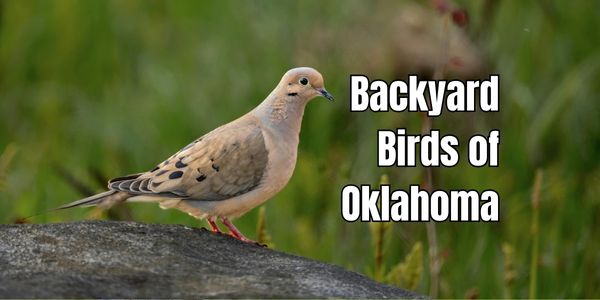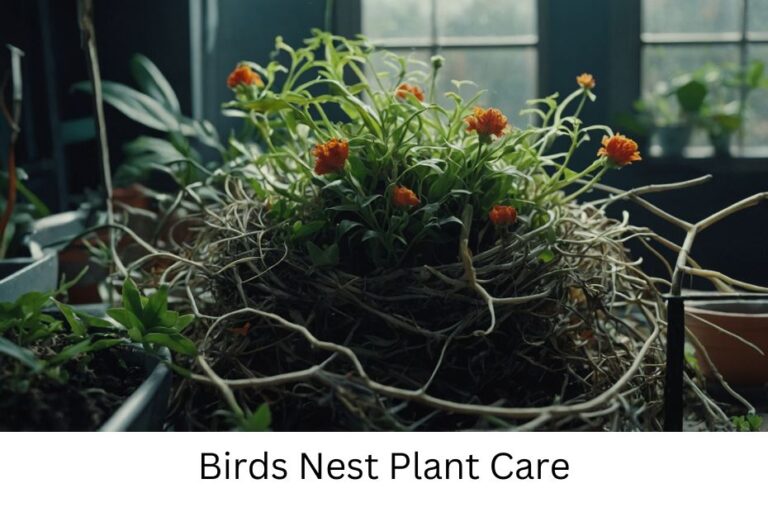Backyard Birds of Georgia: Guide to Southern BirdWatching
Northern Cardinal, Carolina Wren, Blue Jay and American Goldfinch are the most common backyard birds of Georgia.
Georgia, with its diverse ecosystems and mild climate, is one of the best places in the U.S. to revel in the simple joy of birdwatching. maybe you’re new to birding or already have a pair of well-loved binoculars, they never fail to impress.
This blog will cover each backyard bird of Georgia. You’ll learn about the common birds to look out for, the rare species that might drop by, and how to create a welcoming habitat for them.
At a Glance
Common Backyard Birds in Georgia
Some birds are familiar faces you’ll see all year round, and their sightings feel like catching up with beloved neighbors. Here are the Common Backyard Birds in Georgia.
1. Northern Cardinal
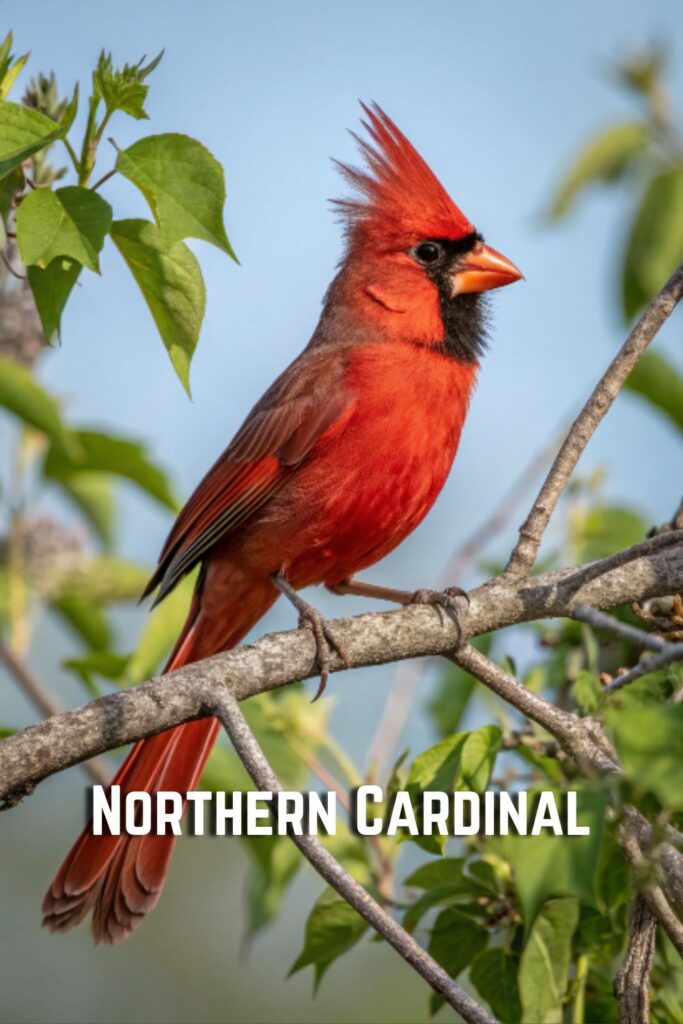
With its bold red plumage, the male Northern Cardinal is a true showstopper, while females boast lovely muted brown tones.
Cardinals are active year-round, making them one of Georgia’s most reliable backyard visitors.
- Habits: Love dining at feeders stocked with sunflower seeds.
- Fun Fact: Their song sounds like they’re saying “cheer, cheer, cheer” as if they’re rooting for your day!
2. Carolina Wren
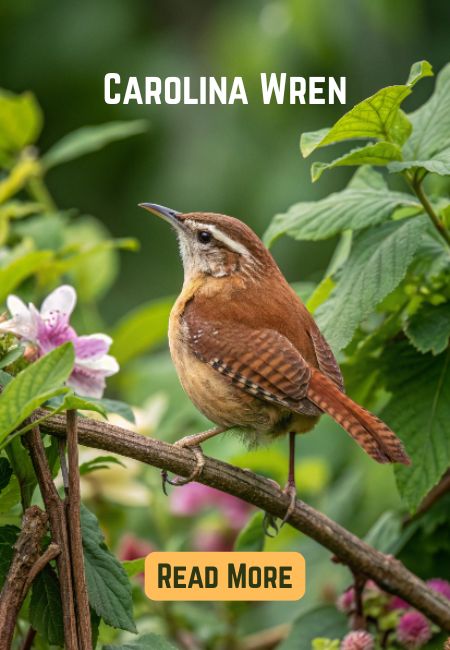
Small but vocal, the Carolina Wren is famous for its loud, bubbly song that seems too big for a small birds in georgia usa. These year-round residents easily charm their way into yards with shrubs and low-lying tangles for shelter.
3. Blue Jay
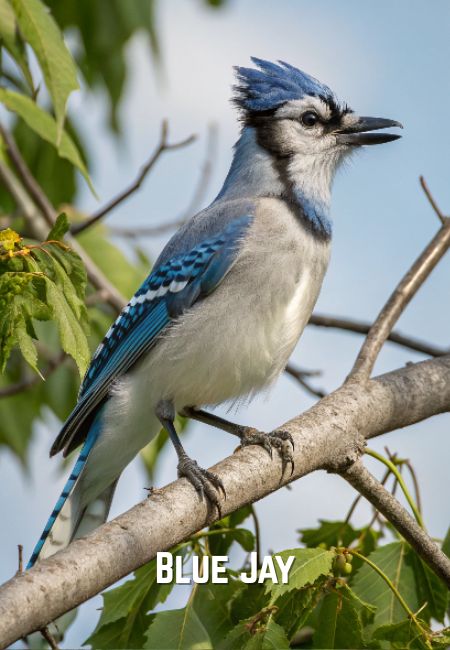
Known as backyard royalty, the Blue Jay is as intelligent as it is beautiful. Its vibrant blue feathers, combined with its bold “jay, jay” calls, make it stand out.
- Feeding Preference: Enjoys peanuts in trays or mixed seed feeders.
- Pro Tip: They’re known to stash food away for winter – so don’t be surprised if you catch them burying your snacks!
4. American Goldfinch
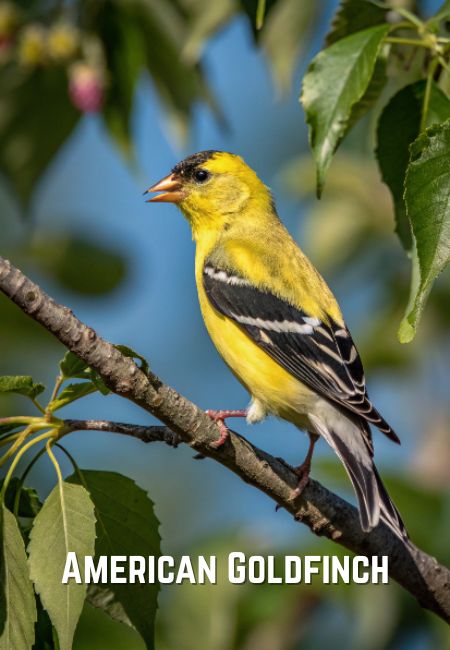
Decked out in bright yellow during summer, these tiny finches look like flying sunflowers. They love thistle and sunflower seeds, so stock those if you’d like these beauties flitting around.
| Bird | Defining Feature | Favorite Food |
|---|---|---|
| Northern Cardinal | Bright red or tan plumage | Sunflower seeds |
| Blue Jay | Vibrant blue feathers | Peanuts, seed mixtures |
| Carolina Wren | Small, brown, vocal | Suet, peanut butter |
| American Goldfinch | Yellow bodies, black wings | Thistle seeds, sunflowers |
These birds are just the tip of the iceberg—there’s always more to see and appreciate in Georgia’s vibrant avian community.
Read More: Common Backyard Birds of New Mexico
Why Backyard Birds in Georgia Is So Special
Over 350 bird species can be spotted across Georgia each year. These range from the robust Northern Cardinal to the elusive Painted Bunting.
The state’s position along the Atlantic Flyway also attracts migratory birds, making spring and fall particularly exciting for bird enthusiasts.
But birdwatching isn’t just an outdoor escapade; it’s personal and close to home. Backyard birding in Georgia offers:
- A Daily Dose of Nature: Reconnect with local wildlife from your porch or garden.
- Stress Relief: Watching birds and hearing their melodious calls is known to reduce stress and anxiety.
- Connections Across Generations: It’s a hobby that appeals to kids, parents, and grandparents alike.
Have you noticed something fascinating about birds in your yard lately? Maybe you’ll start keeping a mental checklist after learning more about Georgia’s feathered friends.
Rare or Seasonal Visitors to Georgia’s Backyards
Part of the excitement of backyard birding is spotting fleeting guests. Whether they’re migratory visitors or shy residents, these birds make every sighting feel extra special.
1. Eastern Bluebird
Known for their soft blue plumage with an orange belly, Eastern Bluebirds often steal the show during spring. They prefer open spaces near fields but will eagerly hop into your backyard if you hang the right bird box.
2. Painted Bunting
Arguably the “rainbow bird” of Georgia, the male Painted Bunting sports every color in the artist’s palette. While they’re more common closer to the coast, these beauties sometimes drop by suburban yards.
3. Ruby-throated Hummingbird
These tiny, iridescent marvels are a delight in summer. Males flaunt their ruby-red throat, while females have subtle green backs. A simple nectar-filled feeder is your ticket to attracting them.
Did You Know? The Ruby-throated Hummingbird is the only hummingbird species that breeds in Georgia.
4. Pine Warbler
Warblers are tricky to spot, but Pine Warblers—bright yellow creatures found flitting in Georgia’s pine forests—might occasionally wander into your yard searching for insects or seeds.
5. Barred Owl
Though not a typical “backyard bird,” the haunting “Who cooks for you? Who cooks for you-all?” call of a Barred Owl might send chills up your spine in the evening. These secretive birds sometimes perch in tall backyard trees.
| Rare Bird | When to Spot | How to Attract |
|---|---|---|
| Painted Bunting | Spring & Summer | Native shrubs, dense growth |
| Ruby-throated Hummingbird | Late Spring to Fall | Nectar feeders |
| Barred Owl | Evenings year-round | Tall trees, quiet backyards |
Spotting one of these birds feels like winning a mini lottery of nature’s wonders.
Attracting Birds to Your Georgia Backyard
Creating a bird-friendly environment goes beyond filling a feeder. Thoughtful landscaping and habitat creation can turn your yard into an avian sanctuary.
1. Provide a Diversity of Food
Different bird species have different diets. Here’s how to cater to a crowd:
- Seeds: Black-oil sunflower seeds and millet are top favorites.
- Fruit: Orioles love orange slices and grape jelly.
- Suet: Perfect for woodpeckers and wrens.
- Nectar Feeders: Essential for hummingbirds.
2. Fresh, Clean Water
A small birdbath can work wonders. Add a shallow dish with water or install a solar-powered fountain to keep it moving and attract more species.
3. Plant Georgia Natives
Nothing beats the power of native plants. Oak trees, dogwoods, and holly bushes provide food, shelter, and nesting sites. Plus, they support vital insect species for birds that rely on them.
4. Offer Shelter and Nesting
Birdhouses or small nesting boxes cater to species like bluebirds and chickadees. Layered plants, shrubs, and small trees create natural hideouts from predators.
Pro Tip: If you want to avoid pests, always clean feeders and birdbaths weekly.
Read More: Best 10 Foot Bird Feeder Poles for Bird Lovers
The Emotional Joy of Backyard Birdwatching
What makes birdwatching so satisfying? It’s the perfect mix of calm observation, surprise moments, and learning something new about wildlife.
Just imagine identifying a bird you’ve never seen before or watching the same pair of Cardinals return to your feeder every day.
For many, it becomes more than a hobby—it’s therapy. Observing birds provides a sense of wonder no screen or app can replicate.
One Atlanta birdwatcher shared her experience, saying, “I started birding during lockdown, and what began as a distraction became the highlight of my day!”
Have you started noticing a bird pattern or behavior in your yard? Often, it’s observing their quirks that makes the experience unforgettable.
FAQs about Georgia backyard birds
Q1. When is the best time for birdwatching in Georgia?
You can enjoy birdwatching year-round, but spring and fall migrations are particularly exciting.
Q2. Do I need special feeders for different birds?
Yes, different species prefer different feeders—tube feeders for finches, suet for woodpeckers, and tray feeders for larger birds.
Q3. How can I discourage unwanted birds (like crows) from dominating my feeders?
Choose smaller feeders with baffles to deter larger species. Providing a variety of feeding stations can also keep peace among bird groups.
Q4. What is the key to spotting rare birds?
Be patient, use quiet observation tactics, and plant native shrubs or trees. Rare birds often visit areas with abundant natural food sources.
Have You Explored Your Backyard Yet?
Backyard birdwatching in Georgia transforms your outdoor space into a dynamic stage where feathered performers constantly come and go.
With a little effort and observation, your yard can become an oasis of avian beauty, offering daily moments of joy.
Why not start today? Set up a feeder or plant just one native shrub. You’ll soon notice a world of brilliant, chirping life you didn’t know was there. Happy birding!

